What Are the Curves?
Important Point
The gradual change of direction of regular bends is called curves. When the curves are provided in the horizontal plane, then it’s called a horizontal curve.
When the curves are provided with some vertical elevation, then it’s called a vertical curve. Curves mainly change the road slope and allow the vehicles to pass through it.
Types of Curves in Surveying
Curves are the geometrical arc provided to gradient change or alignment change. These curves are mainly two types, those are-
- Horizontal Curve
- Vertical Curve
- Levelling Survey
- What Is Leveling | 5 Different Types of Leveling Methods
- Principle of Plane Table Surveying Methods | Equipment | Error | Advantage | Limitation
- What Is Levelling in surveying | Types of Levelling in surveying | Advantages & Disadvantages of Levelling in Surveying
What Are Horizontal Curves?
A horizontal curve is a type of curve that is provided to change the direction of the alignment. Normally, a flat curve is provided with the conjunction of the transition curve. It is mainly provided to access a particular locality.
Types of Horizontal Curves
There are mainly seven types of horizontal curves are there. Those seven types of curves are
1. Simple Curve
The simple curve is a type of curve that is created by single radios. This type of curve is mainly effective for large radios and for slow-moving vehicle. In term of the degree of the curve, this curve is expressed.
In this type of curve, the radius is calculated by the following formula-
R = 1647.5/D
Where,
R= radius of the curve
D= degree of curve
2. Compound Curve
A compound curve is a type of curve where two or more different radius curve is joined together to form a single curve. This type of curve is mainly constructed to avoid the cutting filling option.
When the road layout is aligned between a river and a cliff, then this type of curve is highly effective to design.
3. Reverse Curve
This type of curve is contained with two simple types of curve with different radius in the opposite direction. This is suitable for station yards crossing and hilly regions.
We know, when a circular curve consists of two reverse curves with or without a straight line is known as a deviation curve. This is mainly used in accident places and major repair work on worn-out tracks.
4. Transition Curve
A transition curve is a curve where a vehicle enters or leaves from the curve with a finite radius. This is the main cause of configuring a centrifugal force.
The main purpose of this curve is to allow the vehicles to maintain a proper speed in a safe and comfortable fashion. In railway tracks, a super elevation is provided to the outer track for maintaining a proper speed with safety.
Also, Read: What Is Contour Interval | Calculation of Contour Intervals | Uses of Contour Intervals in Surveying
5. Lemniscate Curve
In this type of curve, radius decreases and length increases.
In the following equation, we can find out radial acceleration-
L = C√sin3h
L= length of polar ray in meter
h= polar angle in radius
C= constant
6. Spiral Curve
The curve length of this type of curve is proportional to the traverse length. This type of curve is an ideal transition curve. In this curve, the rate of change of acceleration is uniform.
7. Cubic Parabolic Curve
In this type of curve, the rate of curvature is higher than the deflection angle.
Here, by the equation-
Y = x3 /6RL
Y= Coordinate of a point
R= Radius
L= Length of the curve
Also, Read: Benchmark in Surveying | TBM in Surveying | GTS Benchmark| Permanent Benchmark| Arbitrary Benchmark
What Are Vertical Curves?
Vertical curves are the types of curves where a super elevation is provided for the change of gradient. Different types of topographical conditions are found in different country that’s the main cause of gradient change. We also provide a vertical curve to reduce the earthwork process.
Types of Vertical Curves
There are mainly two types of vertical curves are observed, those are
- Summit Curve.
- Valley Curve.
1. Summit Curve
Summit curves are that type of curve that have their convexity upward. In this summit curve, the centrifugal force is acted upward against gravity. For this action, the passengers do not feel discomfort. When we design the summit curve, then we design overtaking sight distance and stopping sight distance separately.
2. Valley Curve
Valley curves are that type of curve where the convexity is downward; sometimes, it also called the sag curve. In the valley curve, the centrifugal force is acted downwards, so there is another addition of self-weight in the vehicle. To design a valley curve, an allowable rate change of centrifugal force is added.
Also, Read: Principle of Plane Table Surveying Methods | Equipment | Error | Advantage | Limitation
Application of Curves
- Application of Horizontal Curve: The most important element of road geometry is a horizontal curve; the main function of a horizontal curve is to provide the smooth transition curve; that’s why it is widely used in highway curves. So, it is the application of horizontal curve.
- Application of Vertical Curve: It is also a very important curve in road geometry. The vertical curve is mainly used where the gradient of the road is changed, so it is widely used in a mountain region. Another application of the vertical curve is the Hairpin bend the curve.
What Are Horizontal Curves?
Horizontal Curves are one of the two important transition elements in geometric design for highways (along with Vertical Curves). A horizontal curve provides a transition between two tangent strips of roadway, allowing a vehicle to negotiate a turn at a gradual rate rather than a sharp cut.
Types of Horizontal Curves
- Simple Curve: A simple arc provided in the road to impose a curve between the two straight lines.
- Compound Curve: Combination of two simple curves combined together to curve in the same direction.
- Reverse Curve: Combination of two simple curves combined together to curve in the same direction.
- Transition or Spiral Curve: A curve that has a varying radius. Its provided with a simple curve and between the simple curves in a compound curve.
What Are Vertical Curves?
A vertical curve provides a transition between two sloped roadways, allowing a vehicle to negotiate the elevation rate change at a gradual rate rather than a sharp cut. These curves are parabolic and are assigned stationing based on a horizontal axis.
Types of Vertical Curves
- Sag Curves and
- Crest Curves.
Sag curves are used where the change in grade is positive, such as valleys, while crest curves are used when the change in grade is negative, such as hills.
Application of Curves
While algebraic curves traditionally have provided a path toward modern algebraic geometry, they also provide many applications in number theory, computer security and cryptography, coding theory, differential equations, and more.
Vertical Curve Formulas Surveying
Ease of computation of vertical offsets, which permits easily computed curve elevations. The slope of this curve at any point is given by the first derivative, dy/dx = 2ax + b The rate of change of slope is given by the second derivative, d2y/dx2 = 2a 2a is a constant.
Horizontal Curves Surveying
A horizontal curve provides a transition between two tangent strips of roadway, allowing a vehicle to negotiate a turn at a gradual rate rather than a sharp cut. These curves are semicircles as to provide the driver with a constant turning rate with radii determined by the laws of physics surrounding centripetal force.
Types of Curves in Surveying
Types of curves in surveying
- Simple circular curve.
- Compound curve.
- Reverse curve.
- Transition curve.
- Broken-back curve.
Horizontal Curve in Road
Horizontal curves are those that change the alignment or direction of the road (as opposed to vertical curves, which change the slope). More than 25 percent of fatal crashes are associated with a horizontal curve, and the vast majority of these crashes are roadway departures.
How Many Types of Curve?
The different types of curve are Simple curve, Closed curve, Simple closed curve, Algebraic and Transcendental Curve.
What Is Horizontal Curve?
Horizontal curves are those that change the alignment or direction of the road (as opposed to vertical curves, which change the slope).
Compound Curve in Surveying
A compound curve is two or more simple curves which have different centers, bend in the same direction, lie on the same side of their common tangent, and connect to form a continuous arc.
What Is Horizontal Curve in Surveying?
A horizontal curve is a curve that is provided in the horizontal plane for joining two intersecting alignments. A horizontal curve is used to provide a gradual change in the direction of the centerline of the road. The minimum radius of the horizontal curve depends upon the permissible design speed of the highway.
What Are the Types of Curves?
Curve Shape
Circles, ellipses, parabolas, and hyperbolas, as well as arcs, sectors and segments, are two-dimensional curved shapes. Whereas, shapes such as spheres, cylinders and cones, are referred to as three-dimensional curved shapes.
When Two Curves Combined Is Called For?
Compound curve:
The curve made up of two or more circular arcs of successively shorter or longer radii joined tangentially without reversal of curvature is called compound curve.
Types of Curves in Civil Engineering
- Reverse curve
- Track transition curve
- Simple curve
- Spiral curve
- Summit curve
- Simple circular curve
How Many Types of Curves Are There?
- Straight line
- Circle
- Ellipse
- Parabola
- Hyperbola
- Sine curve
What Is Vertical Curve in Surveying?
The curve between two lengths of a straight roadway that possess different gradients. The curve provides a gradual change for haulages from one inclination to the other.
Difference Between Summit Curve and Valley Curve
Vertical curves are called summit curves if they have convexity upwards and valley curves if they have concavity upwards.
Valley Curve Formula
The length of valley curve (L) when provided as per comfort criteria is given by, L = 2 [ N v 3 C ] 0.5 where v is the design speed in m/sec; N is deviation angle which is algebraic difference in gradients and C is rate of change in centrifugal acceleration in m/sec 3.
Purpose of Vertical Curve
Vertical curves are used to provide a smooth transition between roadway grades. A vertical curve is composed of a parabolic curve that provides a constant rate of change of grade. A parabolic curve “flattens” the vertical alignment at the top or bottom of a hill to increase the driver’s sight distance.
Like this post? Share it with your friends!
Suggested Read –
Originally posted 2023-06-12 19:01:01.

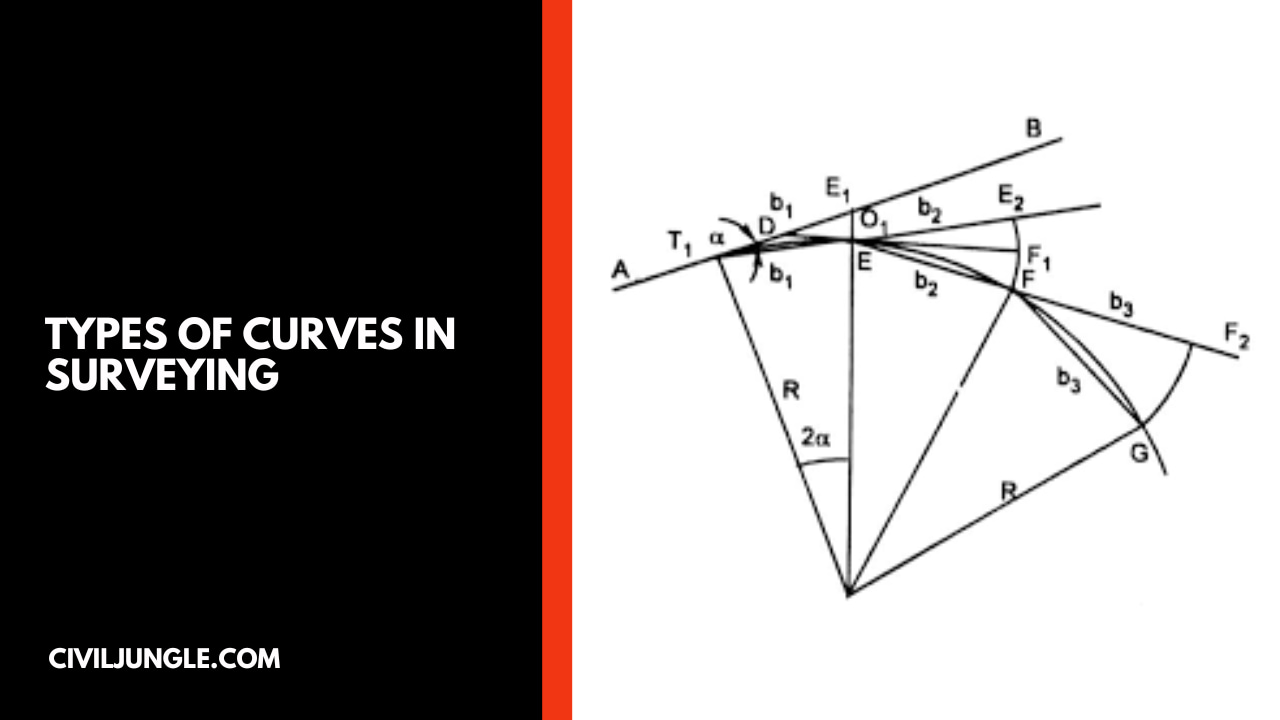
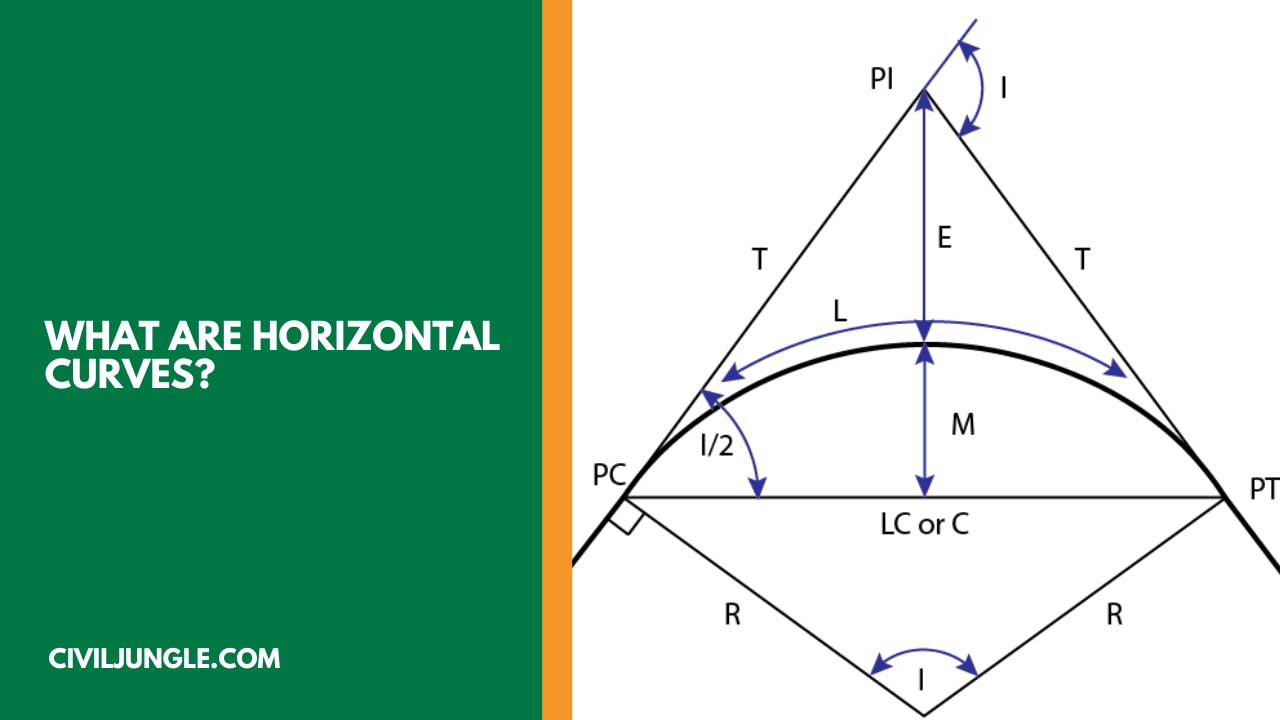

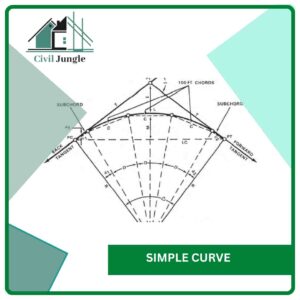
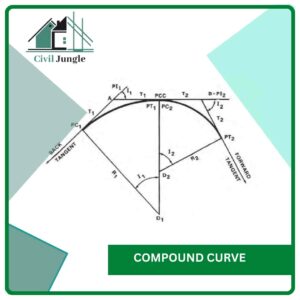
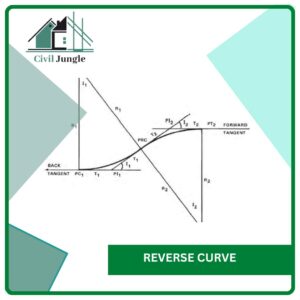
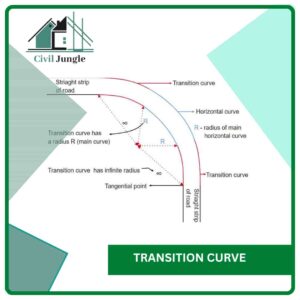
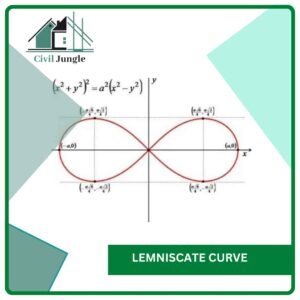
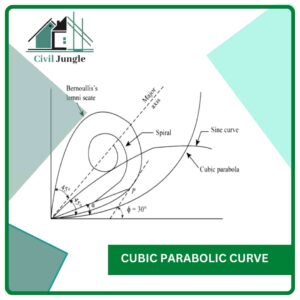



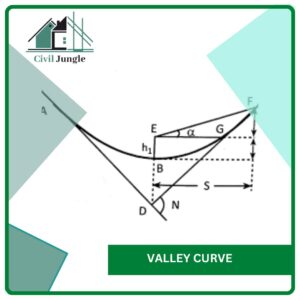
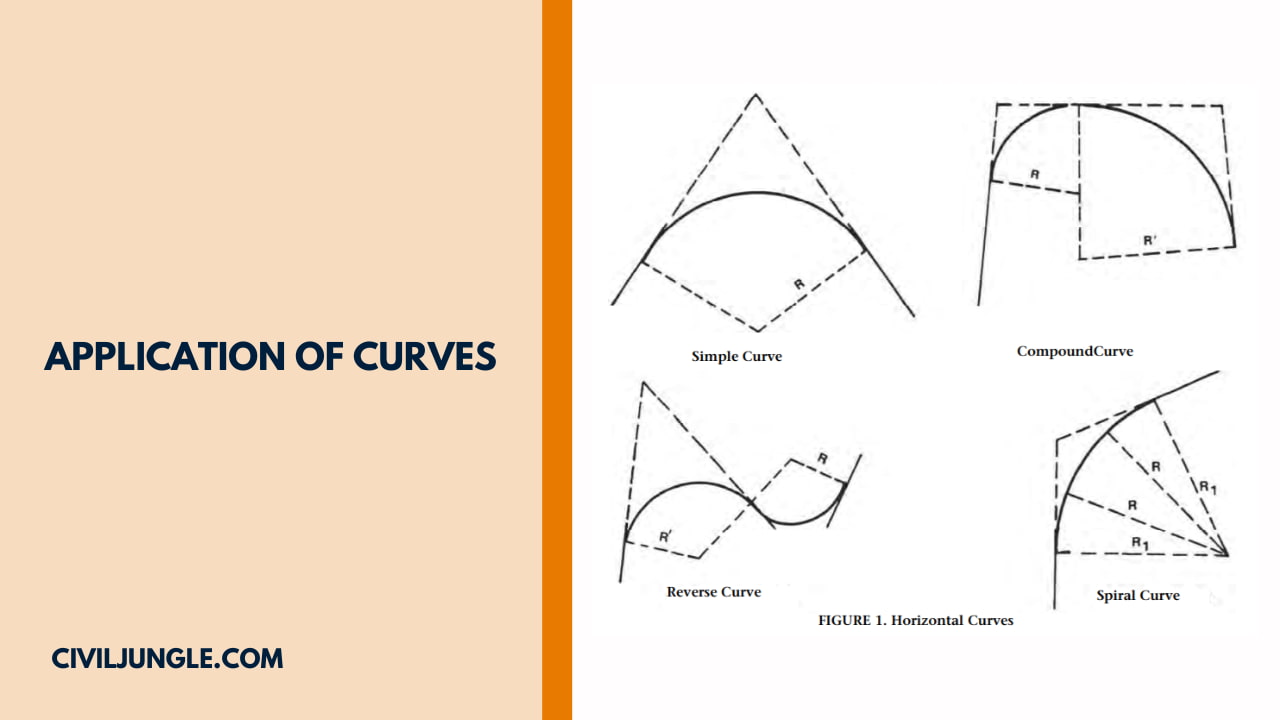

Leave a Reply